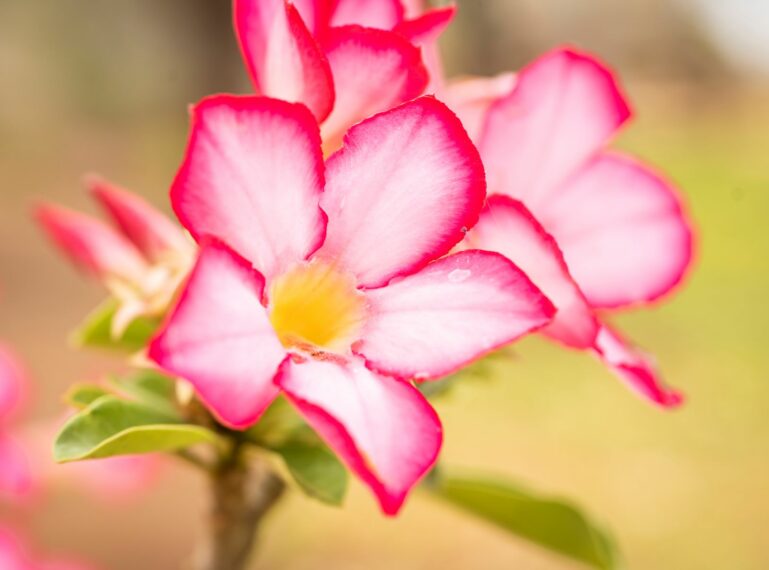
Today, you’ll learn about these seasonal wonders, along with a few added-value facts about some of these species. The Kruger’s landscape isn’t classified as a single belt of vegetation type but rather consists of various eco-zones with a mosaic of rivers providing a lifeline for many. You’ll discover a mix of savanna, grasslands, riparian vegetation, and woodlands. Clusters of trees such as acacias, baobabs, leadwood, and mopani (which are part of the 336 tree species) are scattered throughout. Interspersed among these vegetation types characterising the region, you’ll find over 2,000 plant species carpeting the Greater Kruger. It goes without saying that we’ve really had to narrow down our choices of which flowers to feature.
Wildflowers of the Kruger
We’re focusing much of our energy on the wildflowers of the Klaserie Private Nature Reserve, thanks to the contributions from nThambo Tree Camp’s guide and camp manager, Ingrid.
September wildflowers of the Klaserie Private Nature Reserve
The sausage tree
Interestingly, the trunk of the Kigelia africana, or sausage tree as it is commonly known, was traditionally used to craft mekoros, a type of canoe used in the Okavango Delta. While these transport vessels are not used in the Kruger, the tree remains vital in many other natural ways. When it flowers, it produces striking trumpet-shaped, sangria-red blooms that dangle from rope-like threads called panicles, attracting its primary pollinator, the fruit bat.
The sausage tree flowers bloom only at night, which is perfect timing for bats! Other pollinators include sunbirds and insects, while mammals such as impala and baboons also feed on the flowers. Once pollinated, the flowers develop into sausage-shaped fruits that take months to mature and can reach up to 60 cm in length. The ripe fruits hang precariously and have been known to knock out those who are struck by them.
Bet you never thought of waiting up at night to see the sausage tree flowering?
The mahogany tree
The humble mahogany tree is an evergreen that stands proudly over its landscape, adding a touch of colour to the bushveld during the drier winter months. It produces clusters of sweet, fragrant flowers ranging from creamy yellow to green. Favoured by birds, bees, monkeys, and antelope species, the ever-popular mahogany is truly a gift that keeps on giving. When the fruits of the tree split open, you’ll find a few magical seeds inside—beautifully patterned in red and black. Flowering begins in late August or September and continues into November, with the tree bearing fruit from December onwards. These fruits are textured pods that contain tightly packed seeds.
And yes, as its name suggests, the tree is used to make furniture and musical instruments.
Tree wisteria
The tree wisteria certainly adds a welcome pop of vibrant colour to the bushveld during the spring months. It’s quite a delicate tree, and gives off a Jacaranda tree vibe when in full flower. It only drops its flowers for short window during the spring months. The leaves are considered a delicacy among species like sable antelope and giraffe.
Tree wisteria is one of the most spectacular looking indigenous trees and is hardy to drought conditions.
Impala lily (Sabi star)
Is this the most iconic plant of the Kruger? Probably! This easily-identifiable plant is so striking that it could win a beauty contest. Adorning the entrance way of nThambo Tree Camp, and found elegantly dotted around the campgrounds, the impala lily is synonymous with the bushveld. The impala lily flowers during the warmer months from spring through summer, and enjoys the heavy bushveld rains.
Although beautiful to look at, it’s toxic to ingest. Because of its harmful toxins, it’s avoided by animals. Pretty but tough, the impala lily can survive the harshest of conditions due to its water-storing trunk. Again, great to look at but not a plant to be messed with!
The alluring impala lily is also locally known as the Sabi Star, named after the Sabi region in South Africa where it’s native.
Russet bushwillow
The russet bushwillow begins to flower during springtime for a short period of time until November, giving rise to smallish groups of ivory-white flowers with a mild scent. From around January to May the tree gives rise to russet-brown coloured fruit cocooning poisonous seeds.
Like the impala lily, the russet bushwillow is hardy and built to withstand dry conditions. Although unassuming looking, this tree is of ecological importance. It’s a source of food for wildlife and provides micro habitats for numerous wildlife.
Did you know? The sturdy wood of the tree is used to make traditional knobkerries (wooden clubs), used throughout southern and east Africa.
Kruger wildflower images to celebrate Springtime
Where do most people go on safari in Africa?
Botswana and Kruger are both popular destinations. The Kruger National Park is easily accessible and can be conveniently combined with a beach holiday in Cape Town. In contrast, Botswana boasts the UNESCO World Heritage-listed Okavango Delta, providing exceptional safari experiences both on land and in water. Prices vary depending on the country and the specific camp.
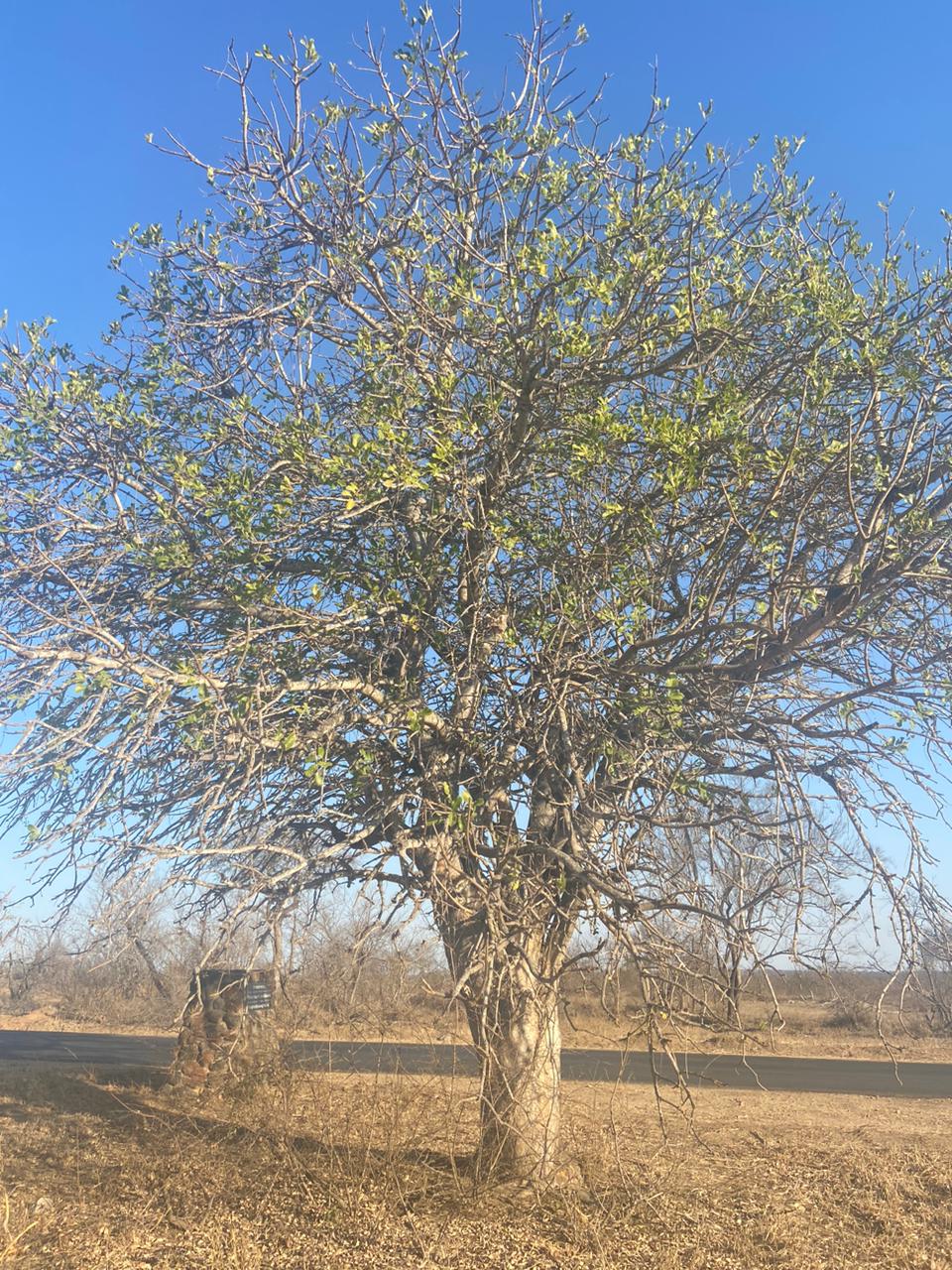
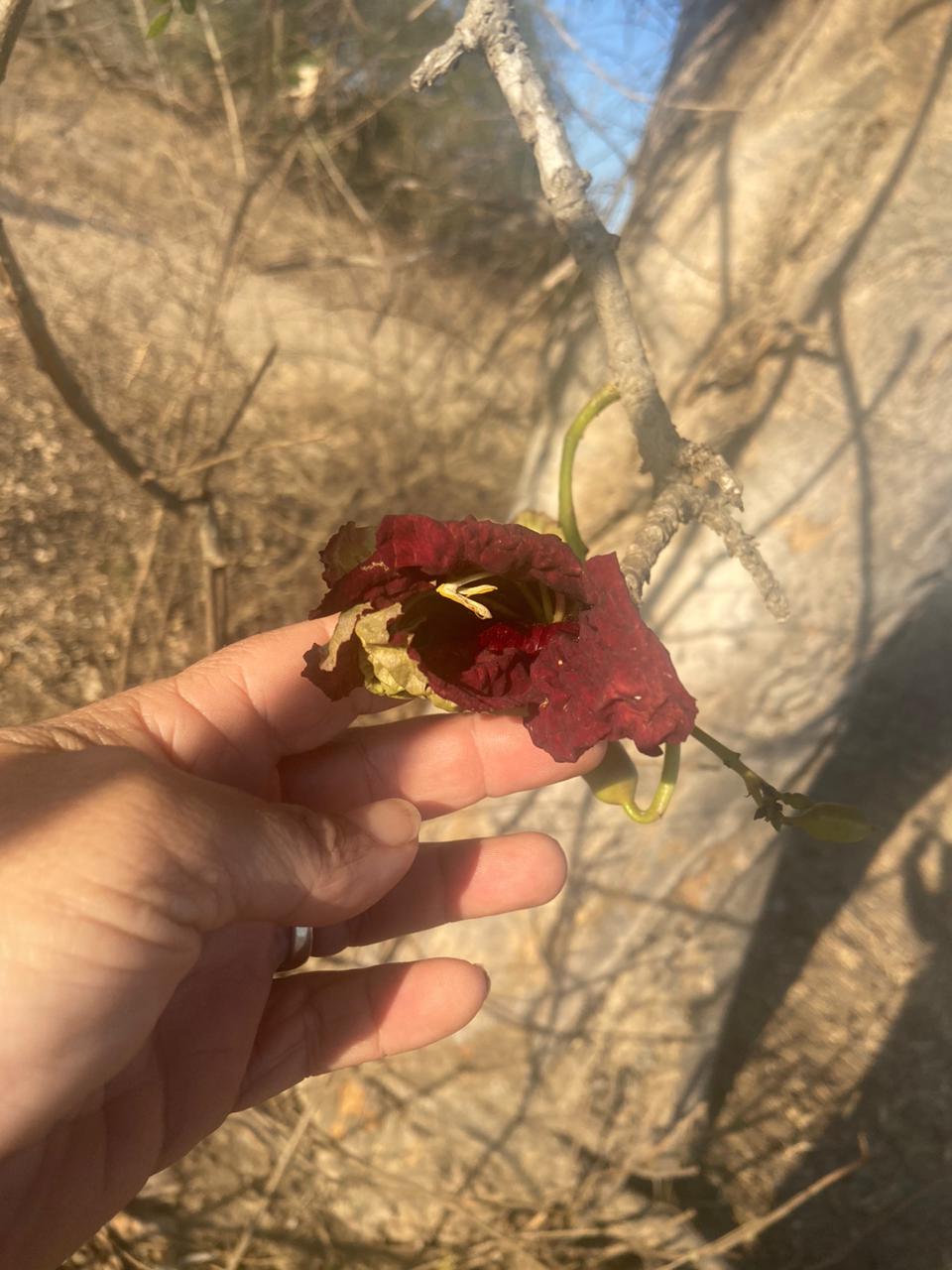
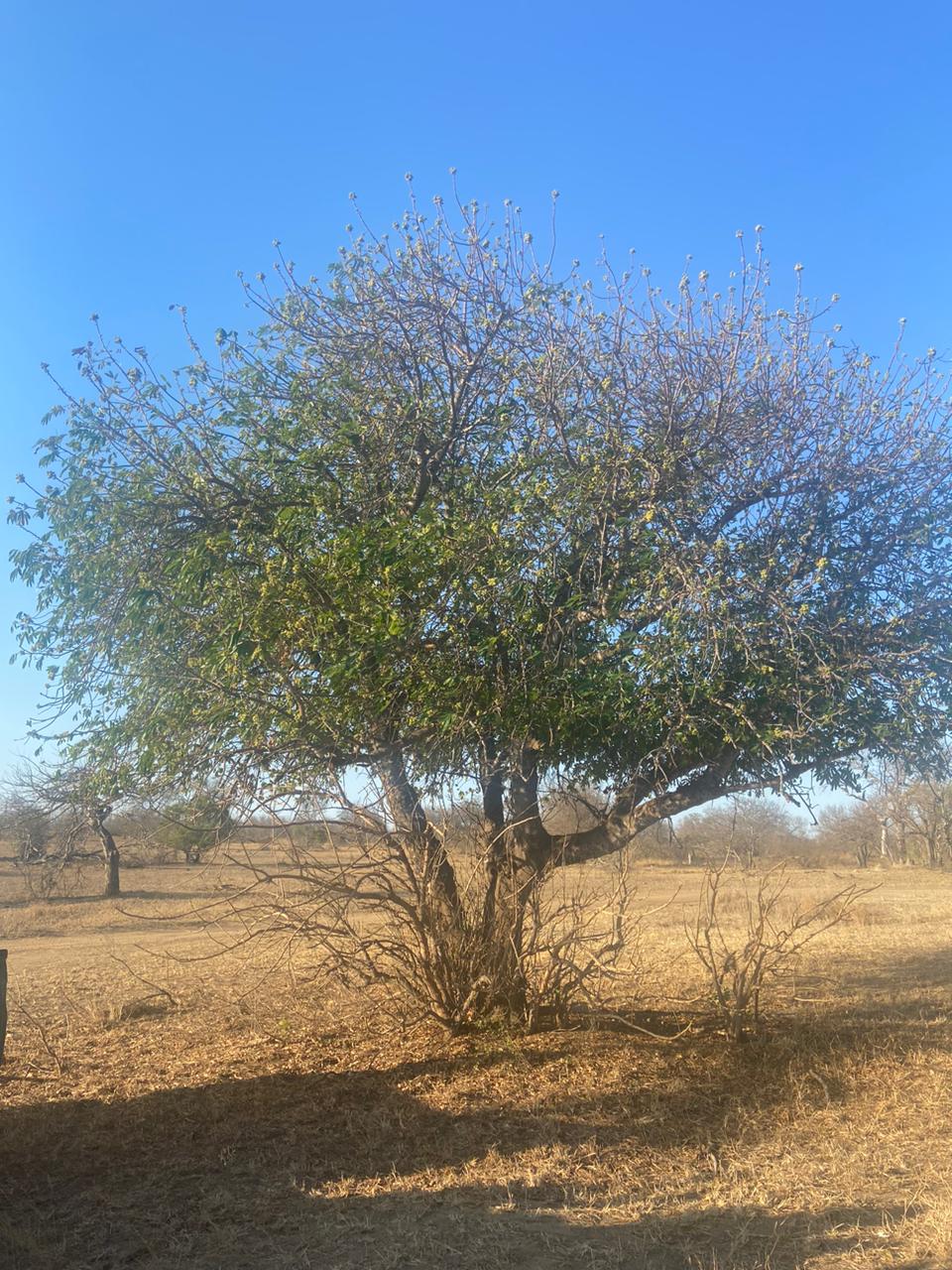
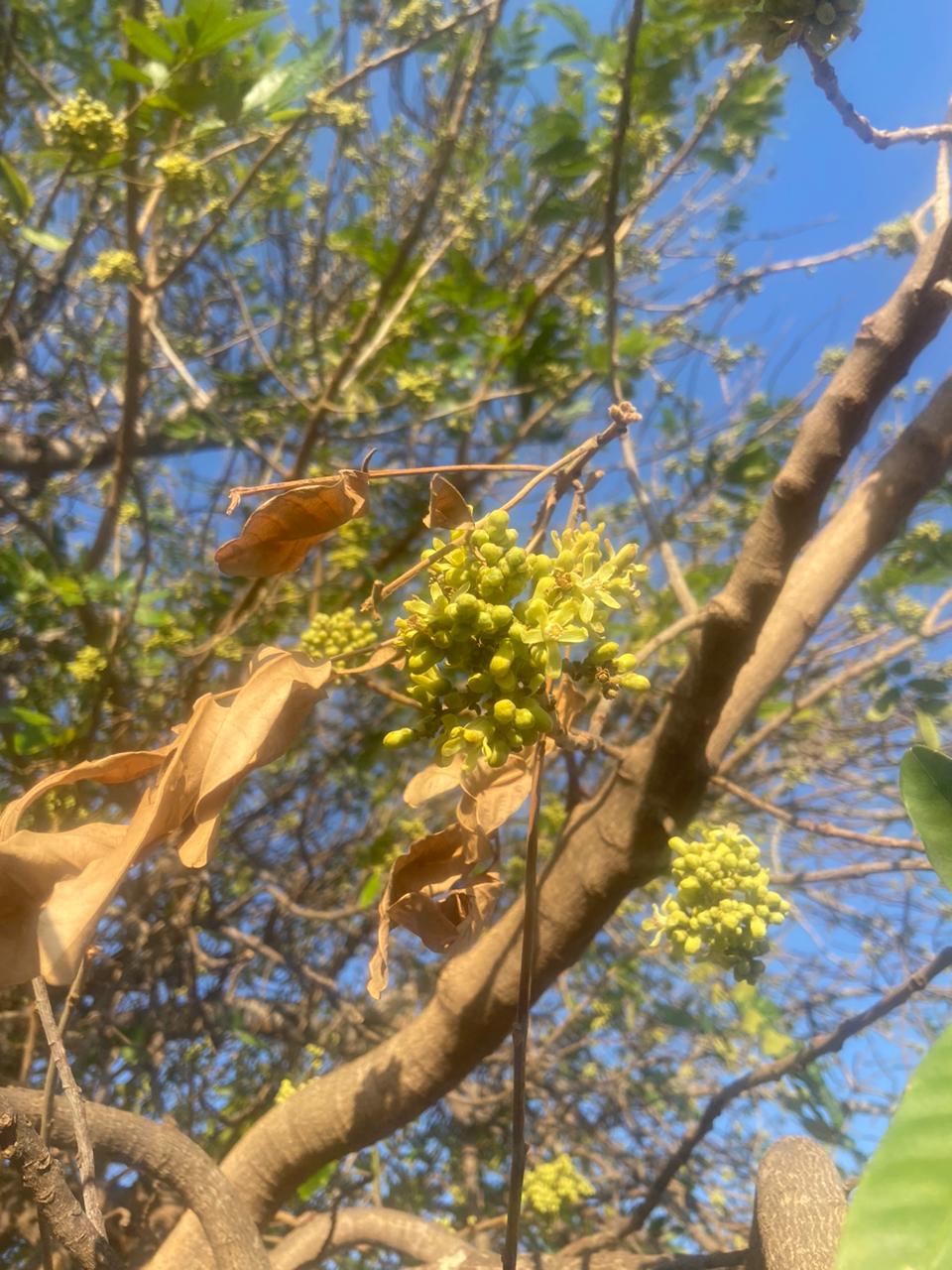
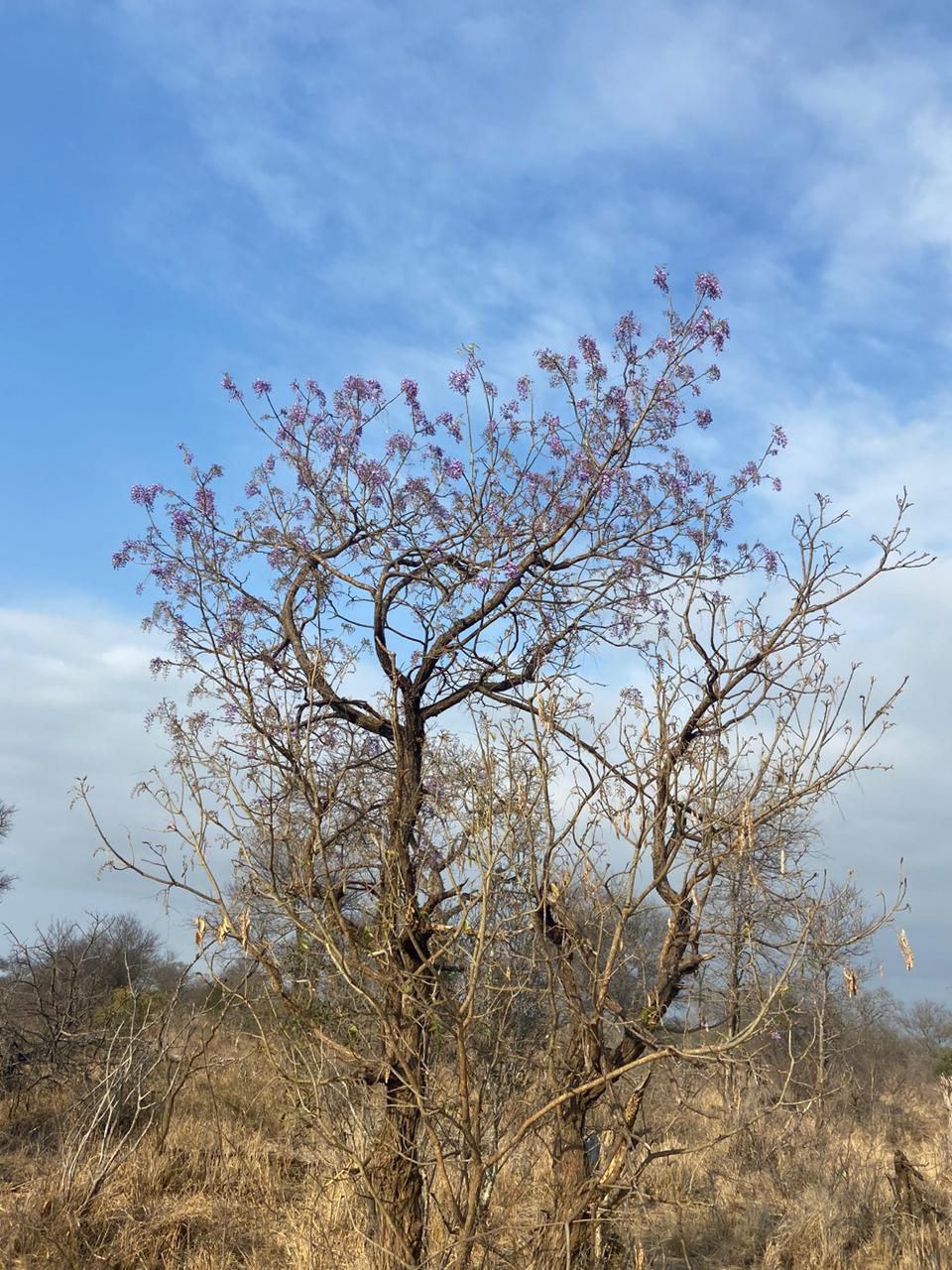
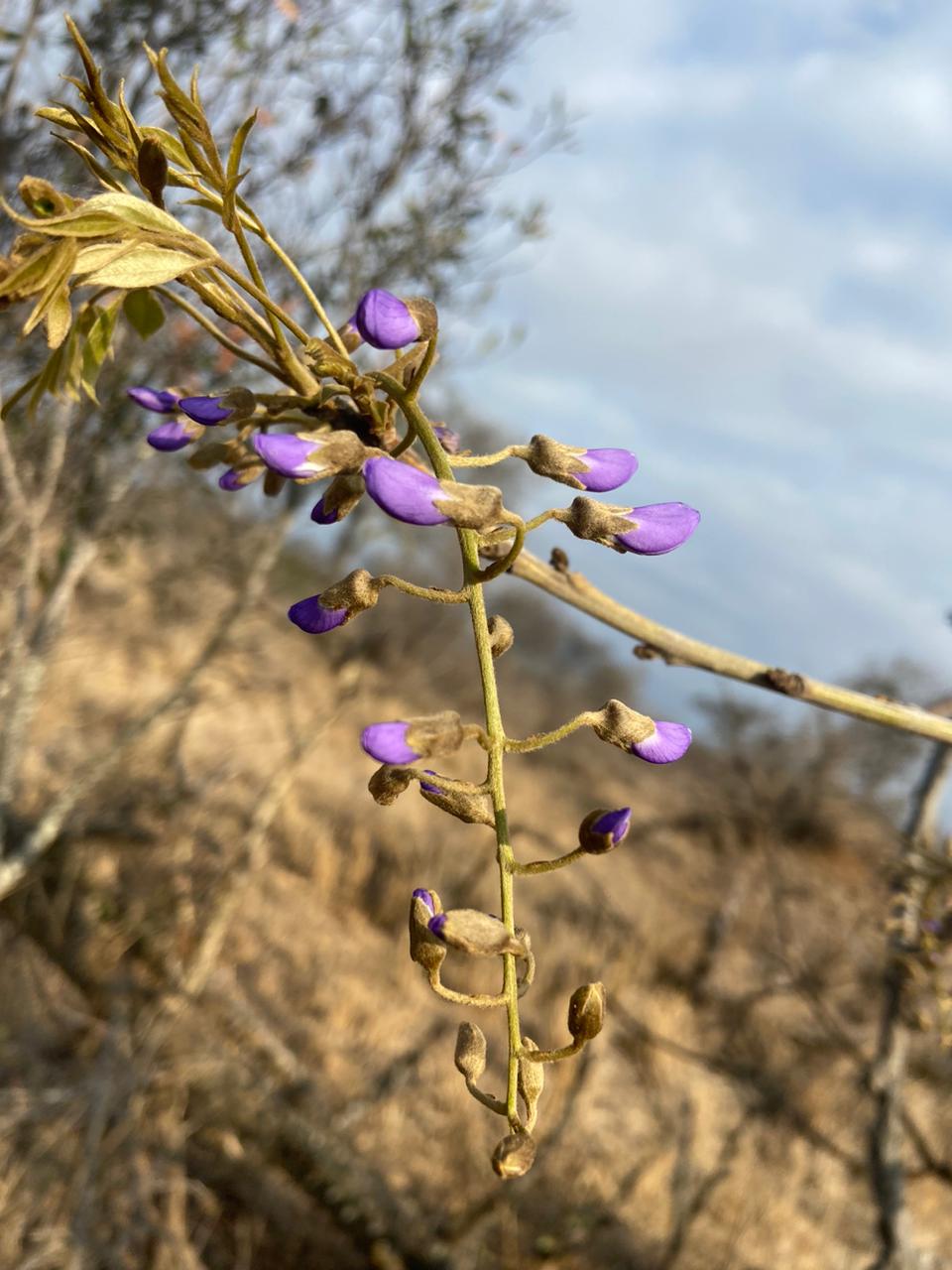
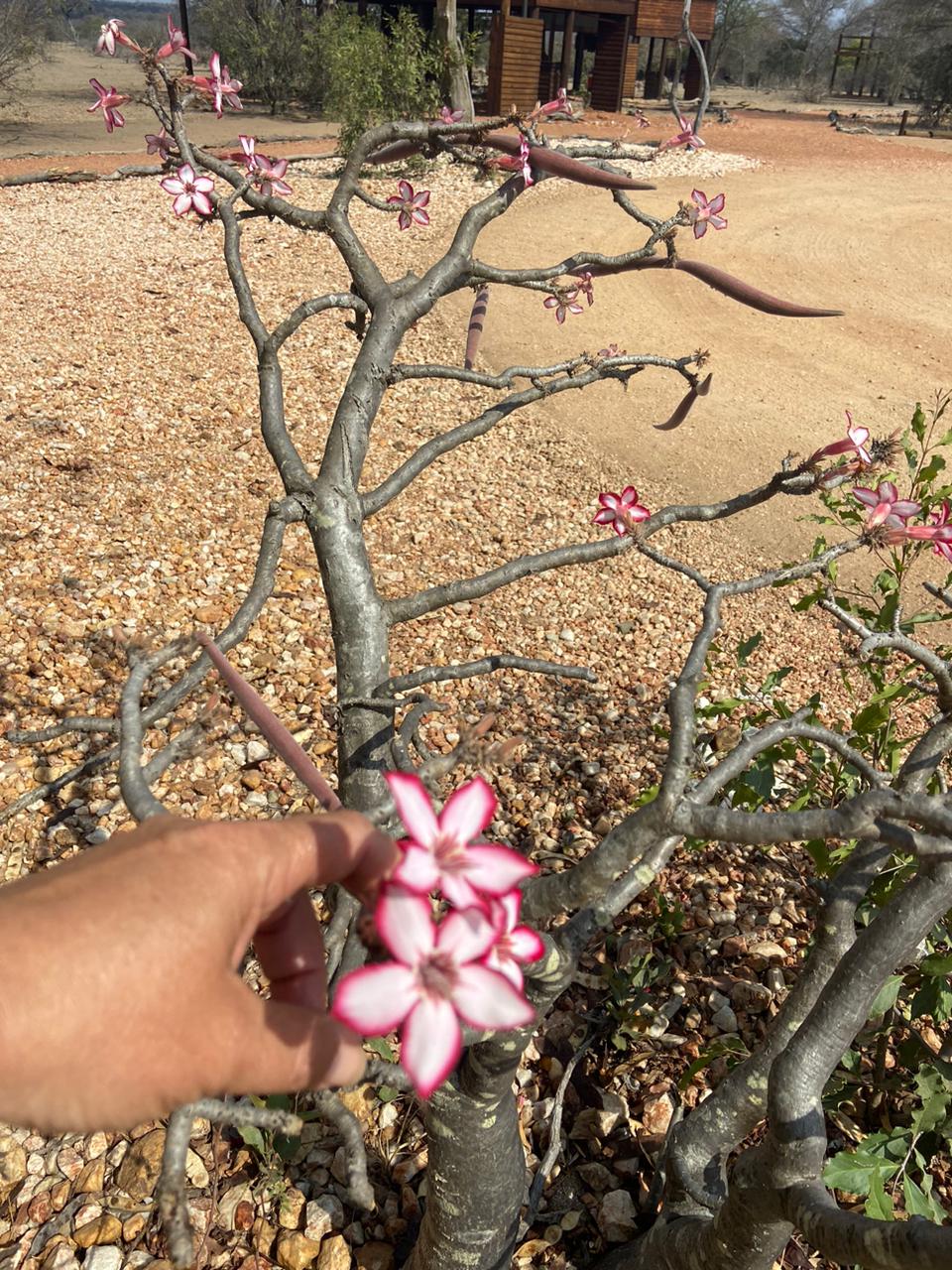
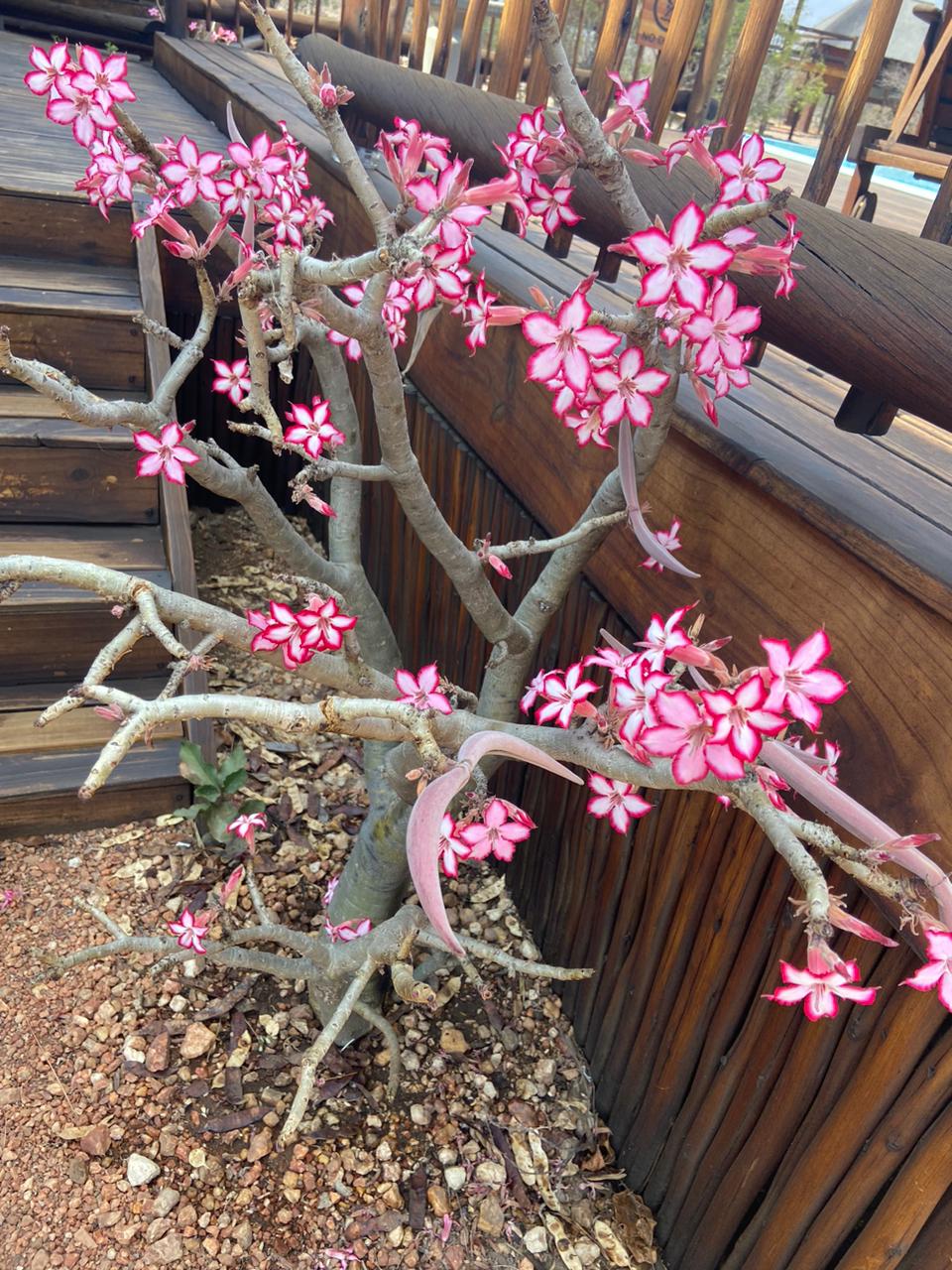
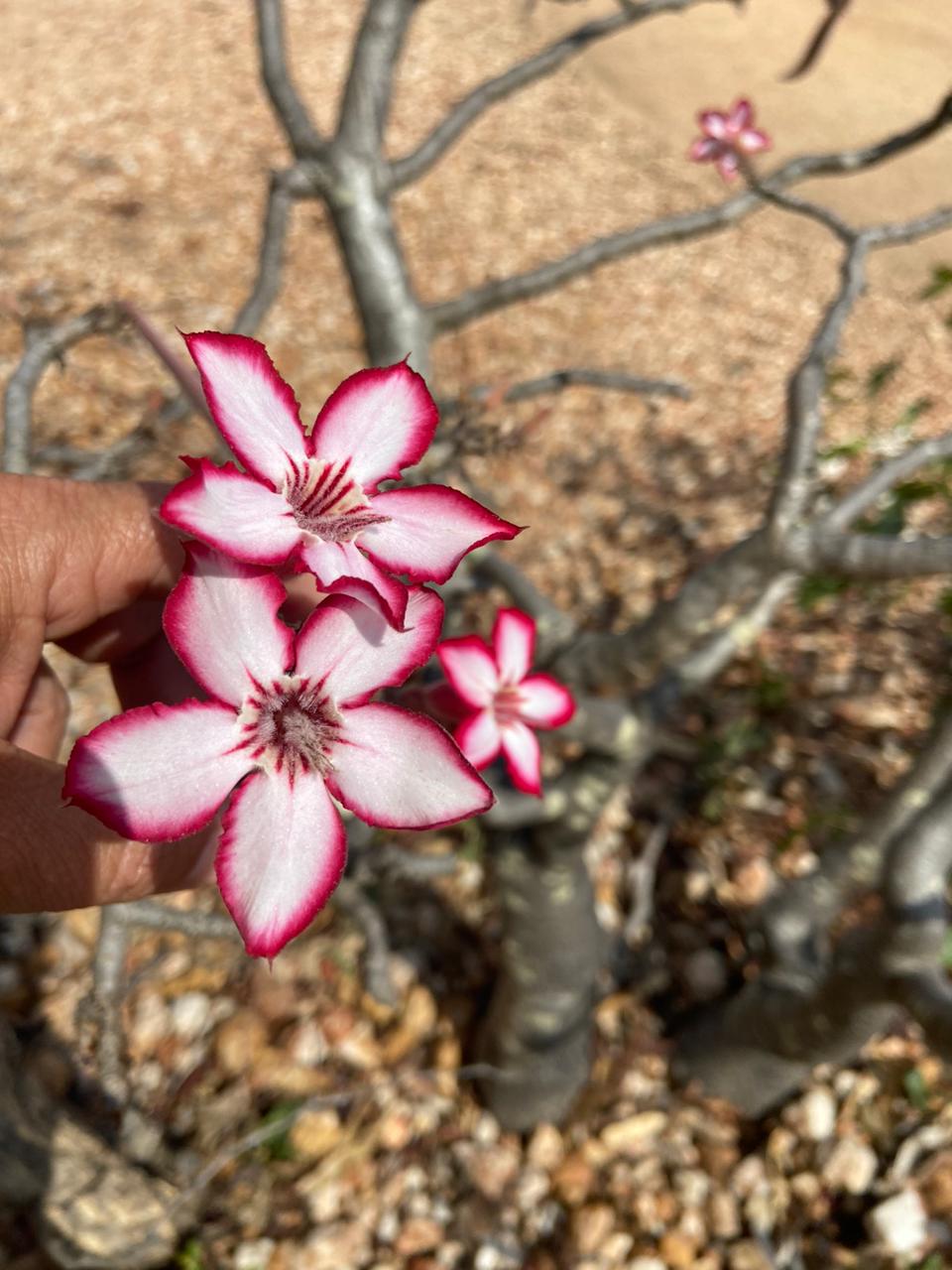
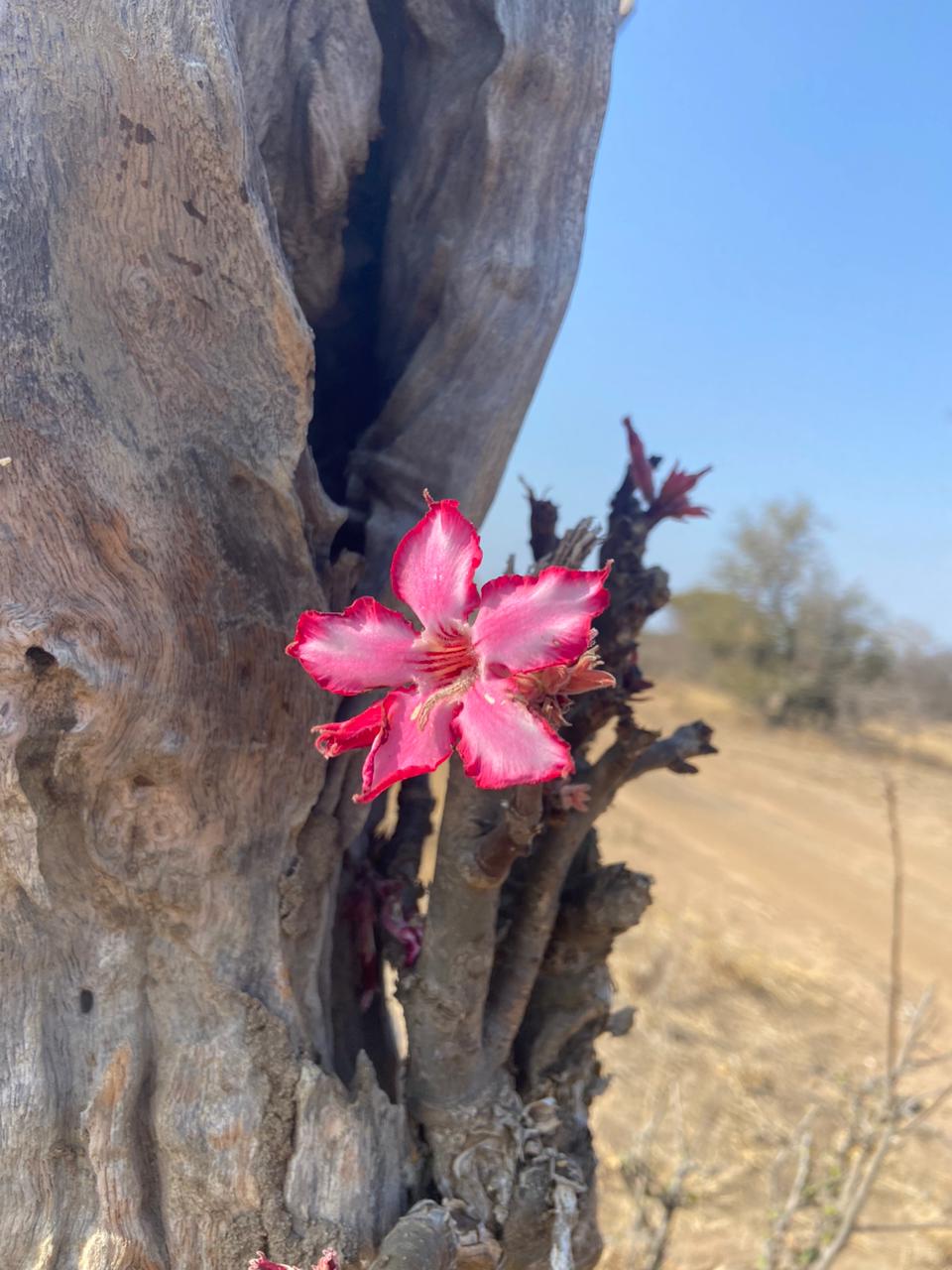
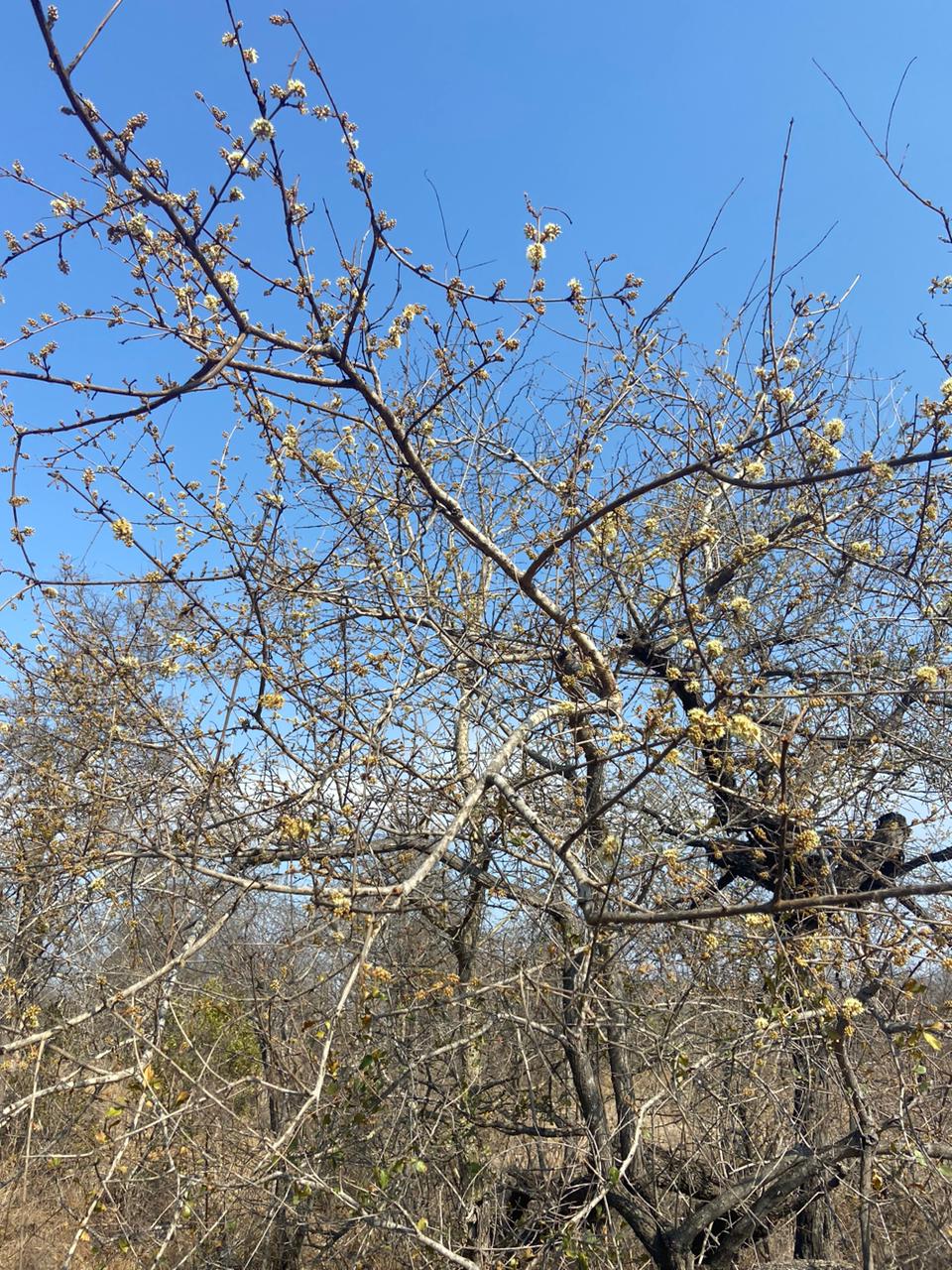
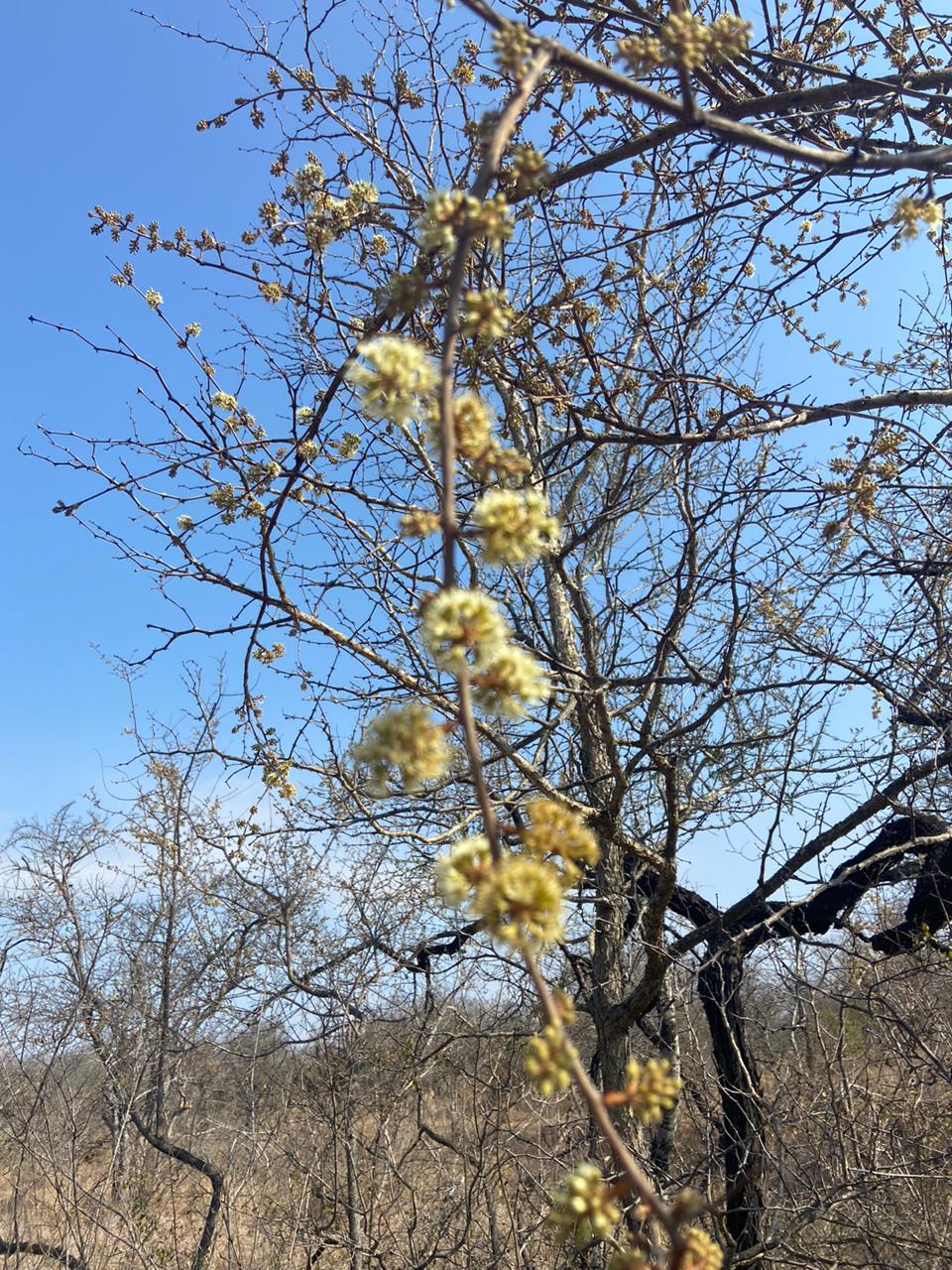
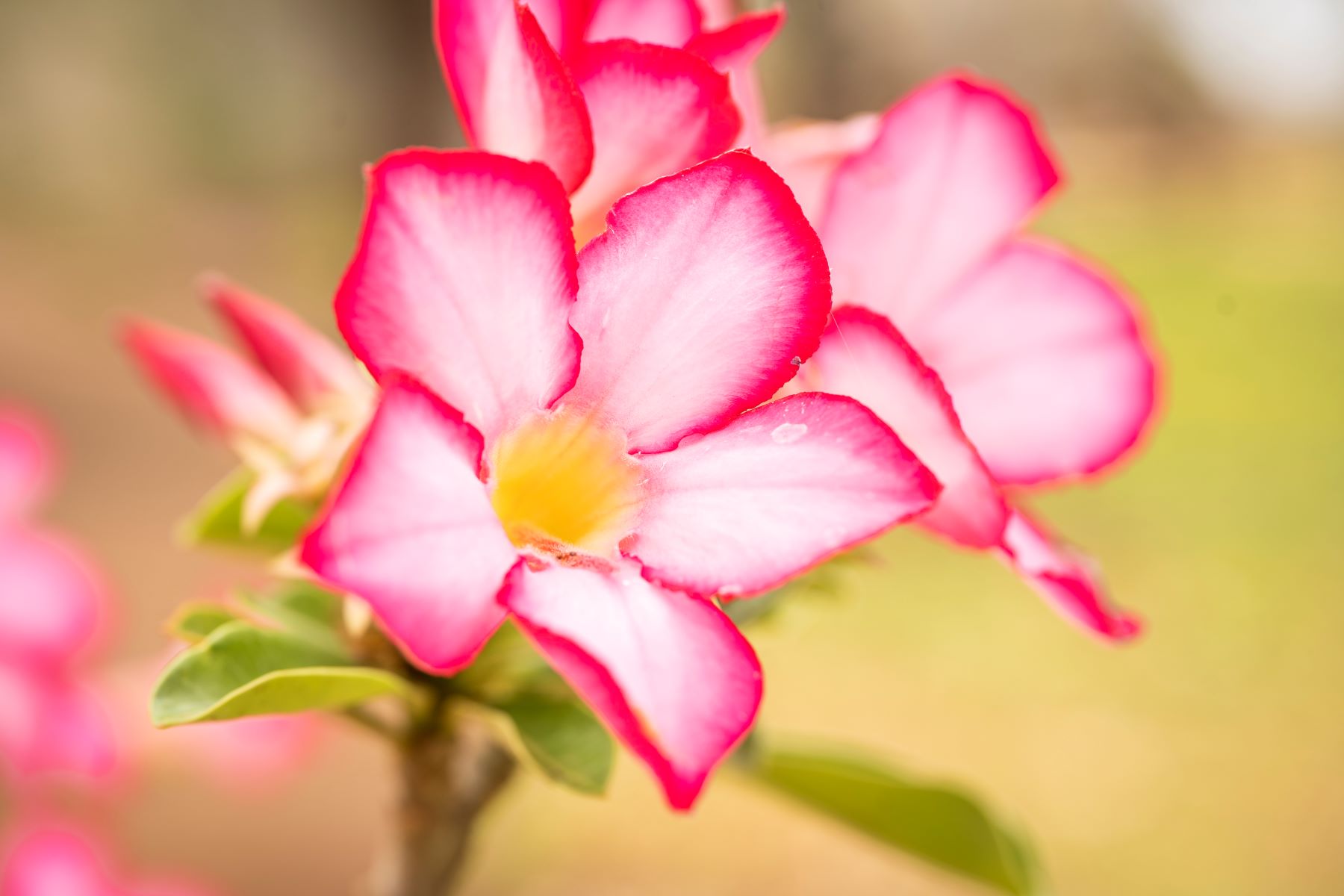
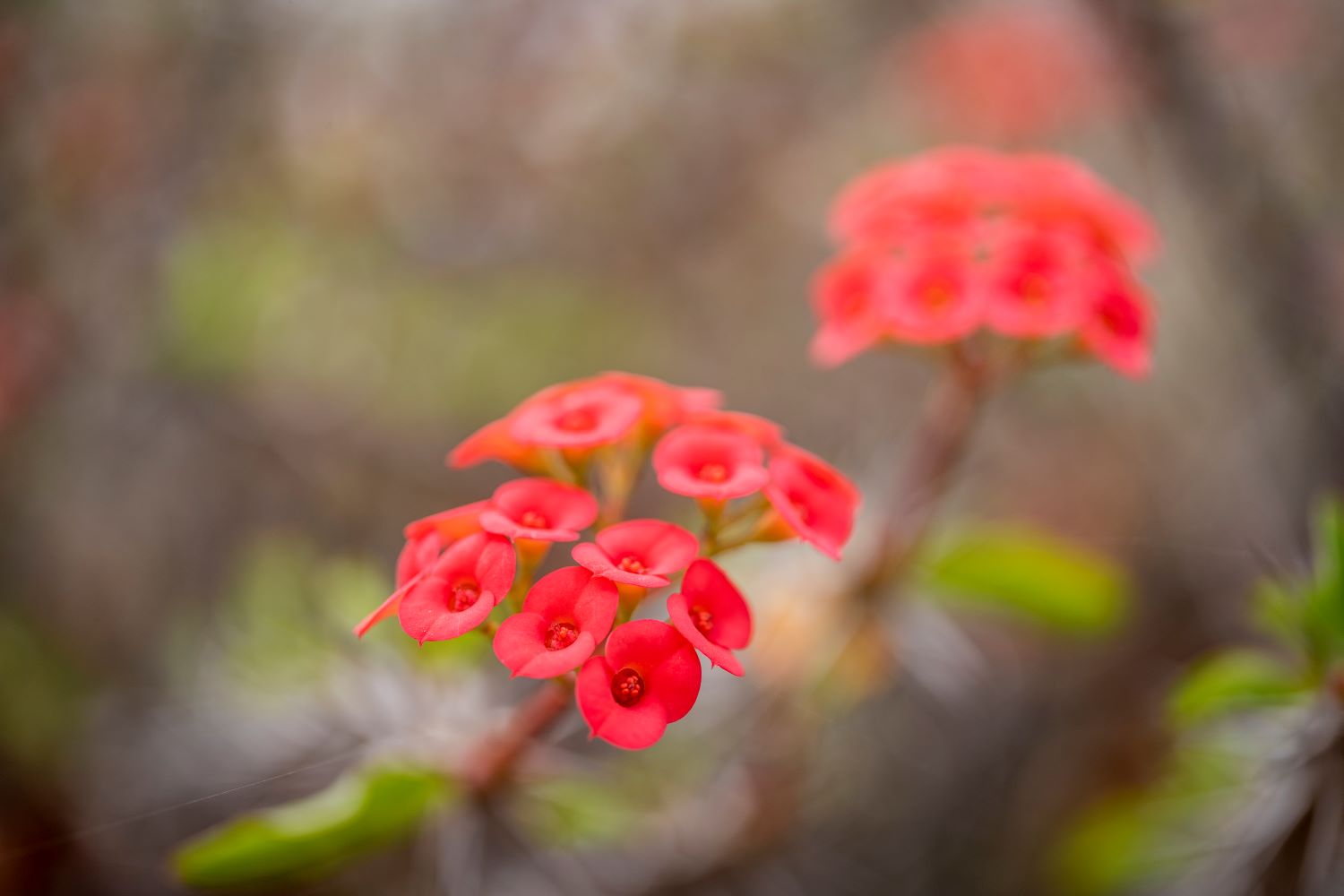
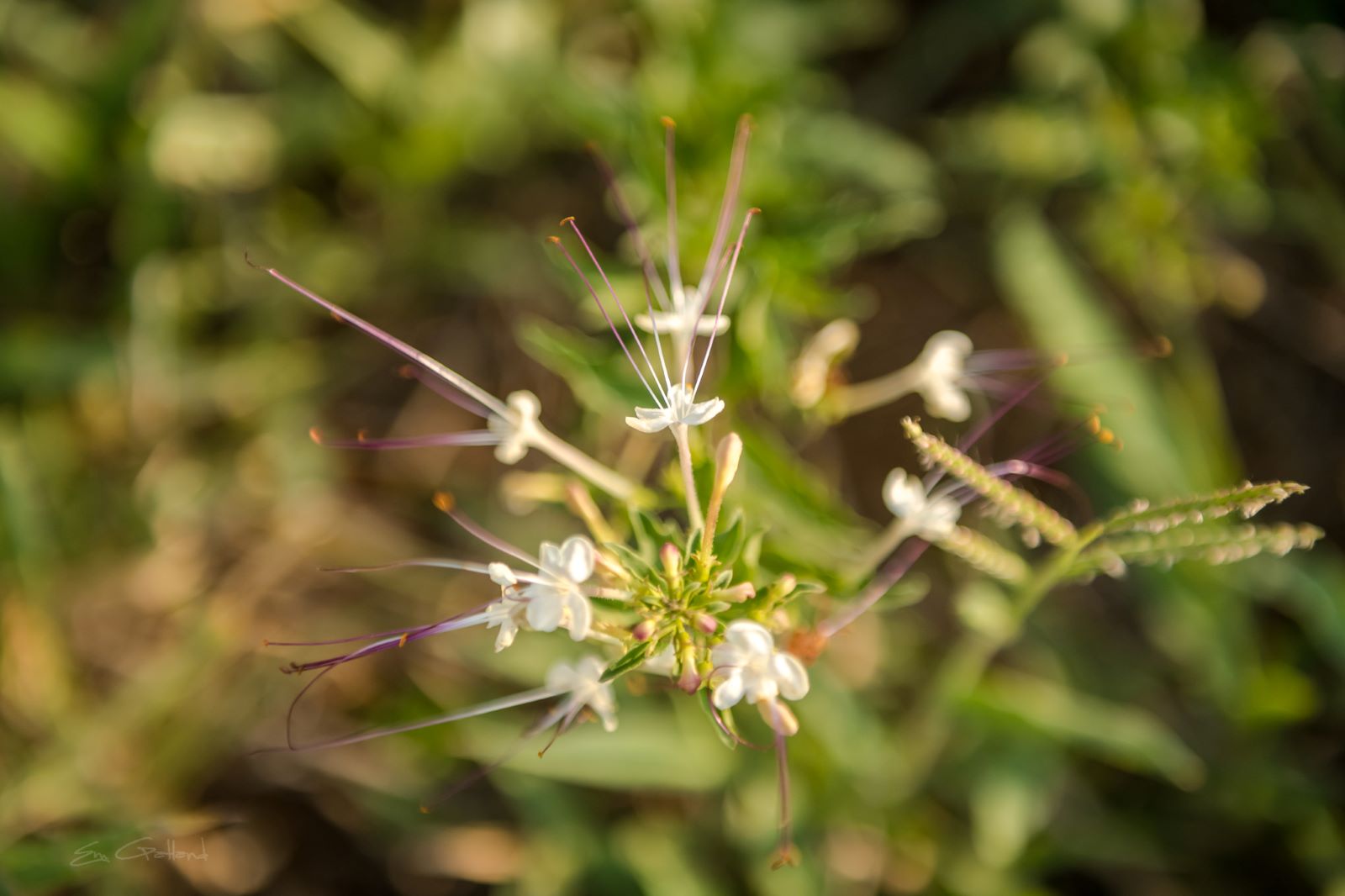
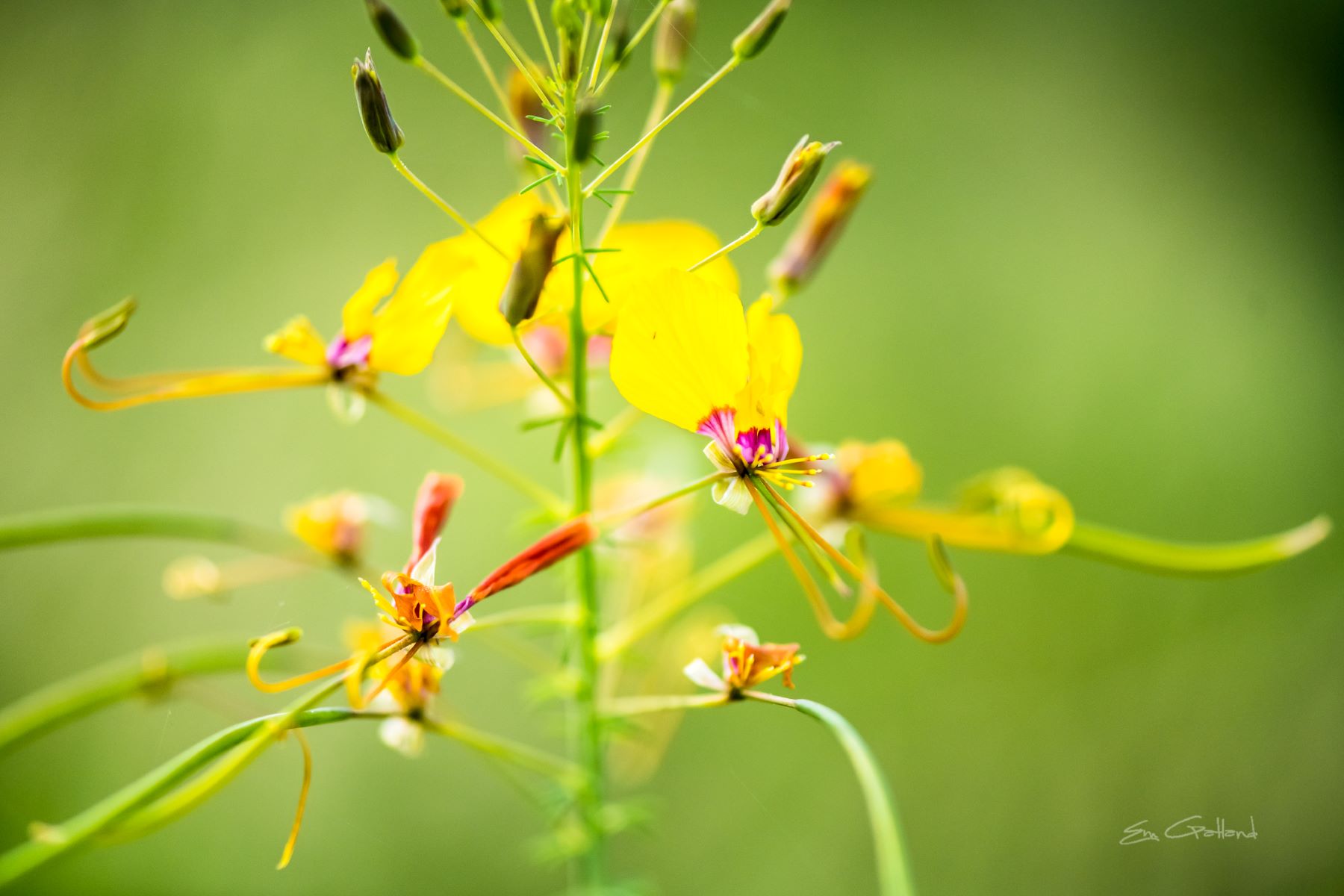
Leave a Comment